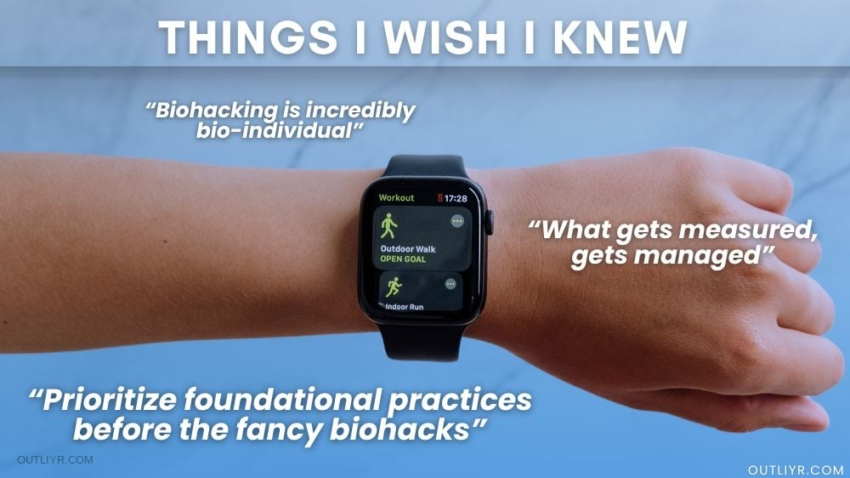Health information constantly evolves.
Fortunately, these days, access to the best biohackers’ advice, thoughts, and tips is readily available.
Why is this helpful?
Following multiple experts gives you a more comprehensive perspective on health.
You more easily avoid potentially dangerous biohacking fads and mistakes.
You discern signal from noise and get the highest impact health optimization tools.
In this article, I’ll share some of the top advice of professional biohackers. Helping you cut through the junk and get information only from the best.
Valuable Biohacking Tools, Products, & Technologies
If you count supplements, tens of thousands of products crowd the biohacking industry.
Some are game-changers, many are mediocre, and some are scams.
The shortcut around this?
Use the same tools as professionals.
Below, they’ve shared the biohacking products and strategies most valuable in their journey.
Essential biohacking gear
The biohacking world mostly centers around devices, systems, machines, wearables, and gadgets.
So I asked the pros which ones they use and like.
Dr. Sandra Kaufmann says she adores two devices in particular, the energy altering device NES miHealth and the Katalyst EMS suit.
MiHealth uses biofeedback and energetic re-education to stimulate healing, while the latter optimizes your fitness routine (strength, power, mobility, cardio, recovery).
Lauren Sambataro & Renee Belz recommend a mixture of self-quantification devices, recovery systems, and brain training technologies.
The specific systems they like include:
- Eight Sleep: “This technology provides a cooler, more restorative night of sleep.” You’ll spend more time in the highly restorative deep stage of sleep upon adding this to your regimen
- Oura Ring: See trends in your sleep data (such as latency, number of wakeups, and deep sleep duration), as well as stress/recovery (including resting heart rate and heart rate variability). You can assess which biohacks are working for you so you can quickly improve your routine
- BrainTap: Special patterns of light and sound guide your brain and body towards a state of healing and well-being. If you’re already meditating, this takes you deeper to experience greater benefits, faster
- Infrared Sauna: Low-stress way to sweat, improve metabolism, detoxify, strengthen immune function, promote cardiovascular health, and optimize your mood
Siim Land also spotlights the tracking and self-quantification devices that’ve helped him make informed decisions.
You should use a sleep tracker like Oura to track sleep and HRV/RHR. He says it’s an excellent tool for understanding your sleep and recovery.
You can make it simple and affordable too. Siim recommends a Polar H10 heart rate monitor to track cardio sessions.
Heart rate monitors display what training “zone”/intensity you’re currently in. Making your sessions more efficient and effective.
What tools do the others use?
Kayla Barnes’ biohacking & product recommendations include:
- Oura ring
- Levels CGM
- Red light therapy
- Nanovi
- PEMF
- Hyperbaric oxygen chambers
Dr. Ferree, on the other hand, uses modalities like hormones, peptides, ozone, EBOO/F, senotherapeutics, regenerative therapies, neural therapy, and many more innovative therapeutics.
Supplements and other products worth taking
Aside from the technology, biohacking almost always involves supplements.
Dr. Neil Paulvin points to IVs and peptides, specifically BPC157 and cerebrolysin.
BPC-157 appears to improve tissue regeneration while cerebrolysin stimulates neurorecovery, helping the brain repair.
He also emphasizes the use of another popular biohack. Brain supplements (often called “nootropics”).
Why?
Nootropics improve memory, mood, attention, creativity, motivation, energy, clarity, and more. Some are even FDA-approved to treat symptoms of specific conditions.
Lucas Aoun reports that he’s used over 160 different nootropics and has found his ideal combinations. Certain ingredients reliably get him into an ultra-productive “flow state”.
To learn about these fascinating and powerful substances, check out my nootropics beginner’s guide.
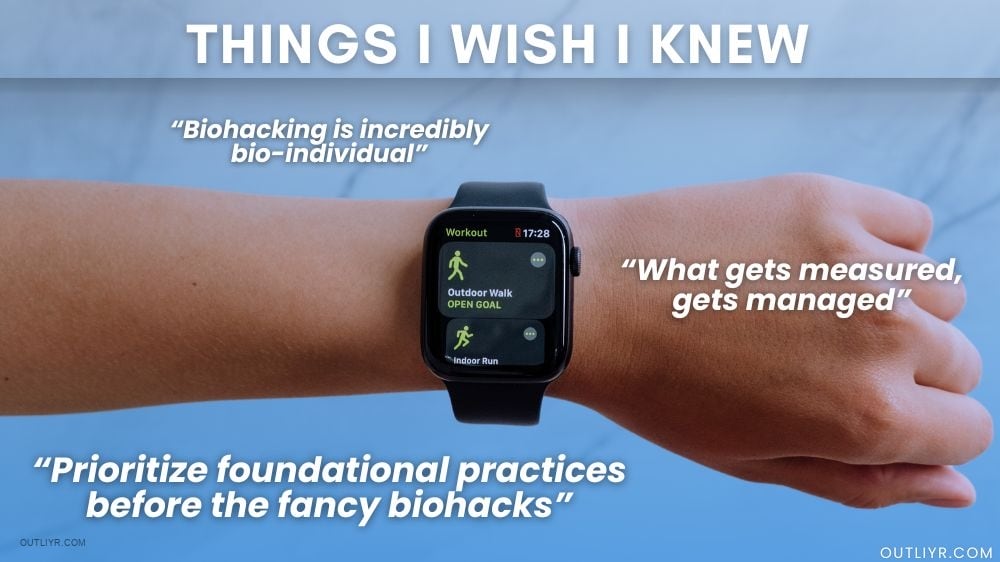
Information has never been more readily available.
But, much of it is extremely low quality and sometimes even downright dangerous.
So I asked the health professionals about their key lessons learned.
Regrets of professional biohackers
Specifically, I asked, “what’s something you wish you knew when you started working on your health?”
Understanding these can save you from painful lessons.
Lucas emphasizes social connection and community. It’s one of the highest correlations between the longevity hotspots of the world. Beyond that, your sense of community is extremely powerful for improving mood and overall wellbeing.
Lauren & Renee wish they had known the tremendous differences between people (called bio-individuality). Specifically, the value of adjusting health practices based on personal responses and menstrual cycles.
“We also learned how personalized everyone’s journey is. What works for one person, won’t necessarily work for the next. We need to embrace bio-individuality!”
The Biohacker Babes
Compared to men, women thrive with more recovery time, less extended fasting, less high-intensity interval training, and fewer cold plunges.
With hormones naturally fluctuating throughout the month, women do best timing nutrition, exercise, sleep, and biohacks based on the phase of their cycle.
Women should biohack and optimize health differently than men Share on X
The Biohacker Babes also shed light on diet variation.
Our ancestors feasted but could also fast for long periods.
Humans should be able to switch easily between the two, a state called metabolic flexibility.
On the topic of anti-aging, Dr. Kaufmann started before the industry really took off. She would have liked access to all the resources now available. Plus, to better understand sun exposure and the consequences of consuming fast food.
Siim wishes he had a comprehensive guide for evidence-based health earlier in his journey. His platform and new book aim to provide a structured evidence-based approach to health.
The highest impact health optimization principles
All health pros mentioned first optimizing the foundations of health as far more impactful than any emerging technologies.
Plus, many of the most powerful biohacks are free. Some premium biohacks have low-cost alternatives too.
Just putting more effort into your exercise is one of the best biohacks for your longevity
Siim Land
Kayla, Dr. Paulvin, and Dr. Ferree prioritize the foundations like optimizing sleep, nutrition, exercise, stress management, social connections, and more.
You don’t need any fancy gear to improve your exercise, diet, and sleep.
Dr. Ferree adds consistency for long-term health to that list.
Advanced therapies and supplement generally require consistency for the most benefits Share on X
The pros also advocate regular health tests and screenings.
Kayla says regular testing helps you monitor biomarkers, stay ahead of potential issues, and make tweaks to improve the effectiveness of your routine.
You can optimize only that which you measure Share on X
My approach to quantification is:
- Genetic testing (1X per life)
- Ad hoc gut, metabolomics, biological age testing after major lifestyle change
- 1-3X blood labs per year
- 1-12X body composition testing per year
- Daily wearable biomarker tracking
If you have particular goals or issues, you can add specific tests as your budget permits.
The Evolution of Health Optimization & Scientific Wellness

One of the primary ways biohacking differs from conventional healthcare lies in the prevention-based, proactive approach.
This involves not just knowing about the latest clinical research, but interpreting and adapting it to fit your unique circumstances.
Luckily, they share some tips on doing that.
The importance of personalized health protocols
For some things, one-size-fits-all strategies work great.
You also have unique biological needs, based on factors like your genetics, epigenetics, microbiomes, beliefs, “biological constitution”, previous experiences, etc.
Thus, some things that heal me may harm you. And vice versa.
Lucas Aoun agrees, noting that well-informed consumers now want precision medicine instead of generic health protocols.
“More and more people are taking responsibility for their own health and want access to their personal data” share Biohacker Babes’ Lauren Sambataro & Renee Belz.
Big data combined with AI will make personalized biohacking routines better than ever Share on X
Lauren & Renee believe precision wellness will lead to a healthier population overall.
Dr. Neil Paulvin also envisions patients receiving customized treatments. Including forms of highly individual diagnostic testing like proteomics and metabolomics.
Personalizing your health also starts by having the ability to track key metrics first.
So Kayla Barnes-Lentz advises that personalized wellness begins with at-home wearables.
Tracking key metrics like glucose levels, sleep quality, HRV, blood pressure, grip strength, body composition, and lung health—all from home—is the future Share on X
These metrics give you a baseline to compare any deviations against. Helping you better recognize and address weaknesses. Best of all, wearables can passively collect this data in the background while you live normally.
Prioritizing prevention
Over 5,000 years ago, Ayurveda was the first prevention-focused medical system. Millennia later, the concept is re-emerging.
Siim Land mentions that the wellness industry is heading towards prevention and evidence-based information.
He mentions two significant ideologies now present:
- Evidence-based diagnostics
- Natural or “Paleo” living
Each has their own definite pros and cons.
Siim prefers the more vigorous science and evidence-backed approach of the former.
Dr. Sandra Kaufmann agrees that health optimization is moving towards prevention-based health.
Currently, Western medicine is more reactive rather than proactive. Costing more, taking longer to work, and with less effectiveness.
Especially for slowing biological aging.
Dr. Kaufmann simplified the currently recognized 12 hallmarks of aging into her system of Seven Tenets of Aging. According to her theory, all age-related diseases are strongly correlated to cellular failure.
The right prophylactic combination of therapies and molecules can address the root causes of the disease and slow the aging process.
Dr. Suzanne Ferree predicts AI will revolutionize health practices (as it already is!).
Artificial intelligence already recognizes certain patterns better than world-leading specialists. And it applies beyond diagnostics.
AI will allow you to easily comb through the research, evaluate its accuracy, and how to actually implement the findings. All tailored to your body and lifestyle.
How experts discover & implement promising biohacks
With all the information out there, how do you separate the over-hyped biohacks from the modalities of the future?
The Biohacker Babes do this by constantly reading the latest research, listening to podcasts, talking with colleagues, and attending health events.
To stay ahead of the curve, they suggest looking into the research behind the latest trends before blindly testing them.
If you have a hard time reading through scientific papers, certain platforms simplify the process. Including, the insights shared through Lauren and Renee’s platforms.
Dr. Paulvin seconds that, explaining that he constantly learns by speaking to subject matter experts at conferences and events.
Kayla also mentions most health optimization experts share their knowledge through guest appearances of major podcasts or on their own websites.
For example, Kayla personally learns from experts by hosting them on her podcast, Longevity Optimization.
Unconventional & Lesser-Known Biohacks

You may have already come across all the foundational biohacks. Perhaps you’ve already fully optimized each category.
These are the technologies, therapies, supplements, products, and advanced tools currently showing great promise.
Innovative approaches & techniques
There are endless applications to different biohacks today. Using supplements in stacks, doing biofeedback training along with good old traditional exercise, and many more.
Some of the Biohacker Babes’ favorite biohacks include:
- Vagus nerve stimulation (VNS): Using technology like VNS can help rebalance the nervous system and get the body out of a chronically stressed state
- Microdosing (psychedelics): A powerful tool to re-wire the nervous system, unlock greater creativity, achieve greater peace, & beyond
- HRV biofeedback: Train the body to better handle and recover from stress (building resilience)
- PEMF therapy: Pulsed electromagnetic field therapy supports sleep quality, energy levels, healthy inflammation, and more
- Methylene blue + red light therapy: Enhances mitochondrial function and cellular energy production, and a potent anti-microbial
- Hydrogen water: Selectively reduces oxidative stress, boosts energy, improves recovery, and enhances athletic performance
Dr. Paulvin also mentioned vagus nerve stimulation for fighting inflammation and improving brain health.
He also likes exogenous ketone supplements for mental clarity. Plus, low dose naltrexone as a promising therapeutic for inflammation, immune balance, pain relief, and more.
Then, there’s one of the most misunderstood supplements—melatonin. It’s more than a sleep hormone.
Siim has found it interesting because of its powerful antioxidant and anti-inflammatory effects.
Melatonin levels go down with age and you make a lot less melatonin at the age of 70 than in your 20s Share on X
So, supplementing larger amounts helps to fill the gap in the lost antioxidant defense [R].
Next up, one of the more unique and weird biohacks trending among men…
Icing the testicles.
Why?
Lucas mentions it as a lesser-known strategy to boost testosterone.
“There’s a clear reason the testicles are located outside the body,” he says.
“This is because they are extremely sensitive to temperature, and must be kept slightly cooler than the internal temperature of the body.
The Leydig cells (found in the testicles which secrete testosterone in the presence of LH), require cool conditions to function optimally.
When men wear underwear, tight clothing, sit near a laptop, or work in hot environments, the testicles are too warm to function.
Even a marginal increase of 2 degrees Celsius outside the optimal range can completely arrest sperm and testosterone production Share on X
Simply driving your car for 2 hours has been shown to increase scrotal temperature by approximately 1.7–2.2°C [R],” Lucas explains.
Cellular medicine advancements
You’ve probably heard of regenerative medicine. Two of the most popular procedures are stem-cell therapy, and exosome therapy.
Dr. Kaufmann strongly believes that anyone over the age of forty should receive fetal-derived exosome therapy at least quarterly, if not once a month.
Why? She explains…
The infusion of exosomes addresses at least half of the parasymbiosis phenomenon, transferring youthful factors into the aged.
Dr. Sandra Kaufmann
Overall, restoring youthfulness into the body of adults.
Then you have the emergence of gene therapy. Gene therapy is a medical technology that aims to treat, prevent, or cure diseases through the manipulation of the human genome.
Kayla‘s enthusiastic about gene therapy, specifically with the rapid advancements around treatments like follistatin and klotho.
As these technologies advance, gene therapy may become a standard part of aging treatments.
Personally, I’m not yet convinced because of the off-target effects. Most currently use viral vectors to deliver genetic material into cells. These technologies can cause unintended gene activation/inactivation, immune responses, and mutagenesis.
Diagnostic technology continues to advance rapidly, too.
Dr. Ferree references a new cancer cell biomarker that can detect single circulating cancer cells in the precancerous stage.
Avoiding Misinformation & Finding Reliable Sources

Your greatest challenge in health is misinformation.
You’ll find contradicting health advice wherever you look online.
So, how do you avoid misinformation and instead find reliable sources?
Evaluating evidence & research
Modern tools make sifting through headlines easier.
But it’s more important to understand the basics first.
Siim explains the hierarchy of evidence.
Imagine a pyramid and use this to assess the quality of scientific information:
- Meta-analyses: The first and top layer of evidence combines results from multiple randomized-controlled trials, providing the highest level of evidence. However, the quality of a meta-analysis depends on the studies included
- Randomized-controlled trials (RCTs): The second layer includes high-quality evidence with controlled conditions but can still be limited by factors such as study duration
- Cohort studies: The third layer are the epidemiological studies that identify trends but are less definitive because of uncontrolled variables
- Case studies: The fourth layer provides insights into individual cases but are limited in generalizability
- Opinions and anecdotes: The bottom layer comprises the least reliable evidence and often lack scientific backing
Each come with their advantages and drawbacks. For example, running a randomized, placebo-controlled, double-blind study on fitness is impossible. You can’t have a real placebo group for exercise.
Opinions and anecdotes, although scientifically weak, often emerge years or decades ahead of RCTs.
Plus, many RCTs are irreproducible. If you can’t reproduce a study, despite publication in a major journal, it’s worthless.
As Lauren & Renee put it, “It’s a great skill to know how to read scientific papers because headlines can be deceiving.”
Check the source and funding of the research and whether the study was completed on animals, in vitro (cell cultures), or in humans.
This information can help you get to the root of why something is being presented, rather than just reading an article (which can be biased or misinterpreted).
Above all else, trust your gut!
Apart from considering your sources, Dr. Ferree recommends testing things out for yourself.
Try as many (safe) things as possible as you may respond well to a biohack while someone else does not Share on X
She also relies on full-text archives and resources like PubMed.
Often, you’ll find that newer research cites older articles.
Dr. Kaufmann evaluates research and evidence from two standpoints.
For non-physicians, she recommends reading everything with a healthy bit of skepticism, considering the educational background of the author.
For physicians and research scientists such as herself, she calls to analyze all information from bench work research articles personally.
Therefore, I am trusting no one, only the facts
Dr. Sandra Kaufmann
She suggests evaluating each new study in the context of the larger existing body of evidence to minimize bias.
This video explains why you shouldn’t blindly “Trust The Science™️”.
Using the right tools & resources
As Dr. Ferree mentioned, every new study will reference older research. You can manually follow that trail.
However, today you can capitalize on new apps, websites, and AI to find information easier.
Kayla highlights tools like Consensus for navigating scientific information; they rate and rank studies by rigor, helping to cut through the noise.
In tandem, use platforms like Examine for up-to-date, science-backed information on supplement efficacy, nutrition, and more.
Recognize that some interventions lack scientific backing simply because there’s no financial incentive to study them, and longevity studies are particularly challenging to conduct.
Focus on your personal data, optimize based on your own labs, and personalize your approach to health Share on X
Dr. Paulvin focuses on published peer-reviewed studies and discussions with experts as well.
He doesn’t find blogs, social media, or podcasts to be credible sources because of the risk of misinformation.
Similarly, Lucas recommends only referencing websites that include scientific references and citations.
About The Experts
Siim Land
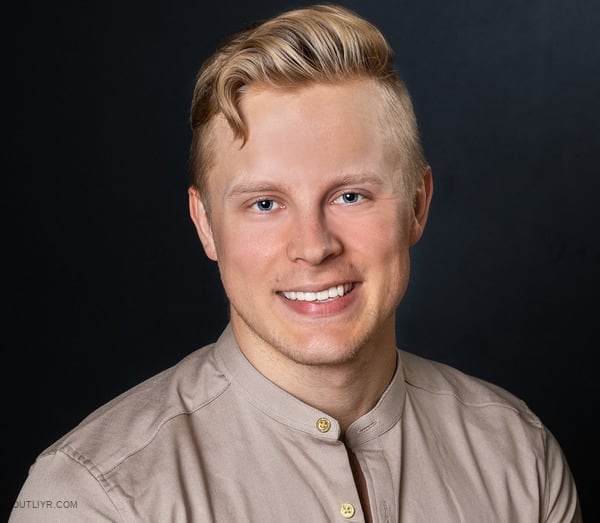
Siim Land is a best-selling author, keynote speaker, biohacker, and longevity enthusiast known for his work in the fields of health, performance optimization, and longevity.
He has authored several books including his latest title, The Longevity Leap. Siim creates content focused on topics such as diets and metabolism, supplementation, anti-aging, etc.
He regularly posts insightful videos on his YouTube channel about his diet/longevity protocols, thoughts on different supplements, and many more.
Biohacker Babes
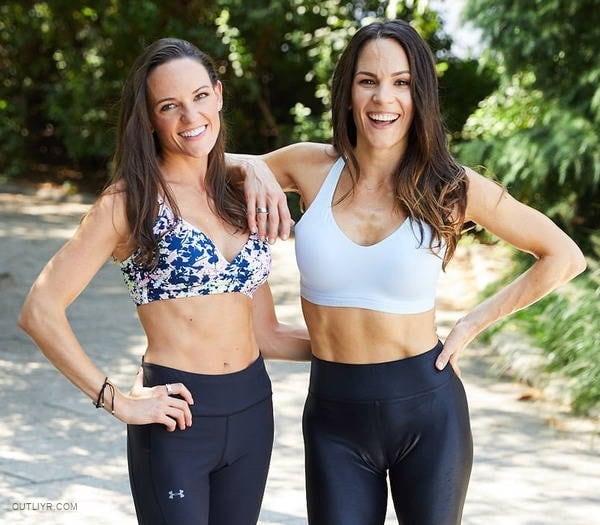
Sisters Lauren Sambataro and Renee Belz are the duo behind Biohacker Babes, empowering women to optimize their health.
Their podcast covers insight into the body’s natural healing abilities, strengthening your intuition, and educational content on biohacking.
Renee is a certified nutritional consultant and holistic lifestyle coach with a Master’s degree in Nutrition. Lauren is a corrective exercise specialist and functional health coach.
Their Instagram community has been a starting point for many ladies who’ve started to focus more on health.
Dr. Sandra Kaufmann
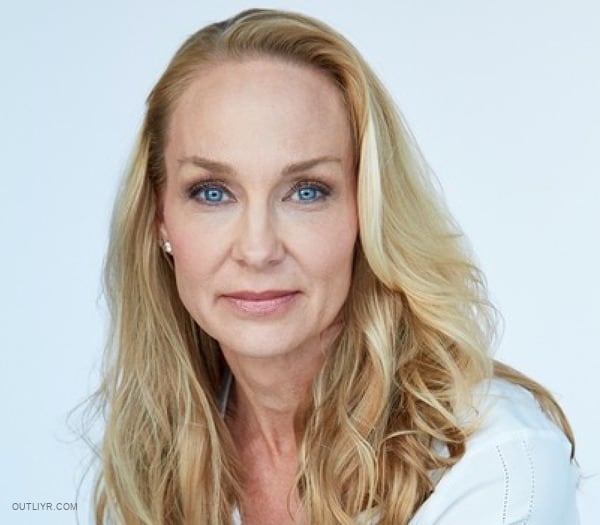
Many experts simply start with an intense hobby or interest in health optimization.
For Dr. Sandra Kaufmann, a distinguished career in medicine and an avid interest in the science of anti-aging was the start.
She has authored two books, The Kaufmann Protocol: Why We Age and How to Stop It and The Kaufmann Protocol: Aging Solutions.
The second book expands on the first, introducing twenty-eight unique molecular agents and a new systems-based approach to developing personalized longevity protocols.
Lucas Aoun
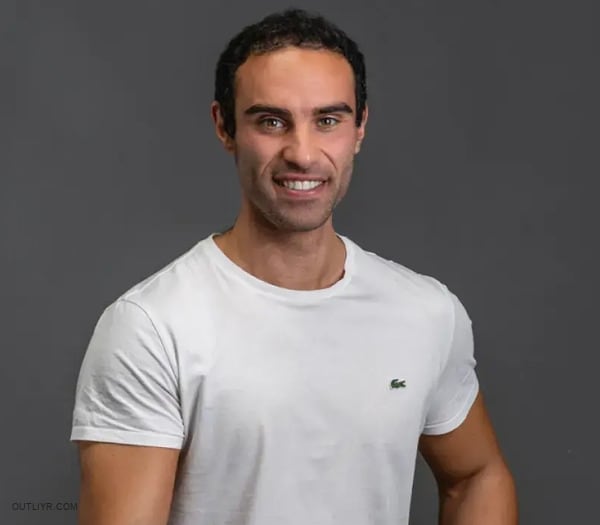
A primary source for nootropics, men’s health, athletic performance, ergogenic aids, and overall general health.
If you’ve come across these topics, it’s likely that you’ve also come across Lucas Aoun’s work.
Check out his YouTube channel for a reliable source of outstanding health information.
His entire platform is now called Boost Your Biology.
It features his recommended products, educational content around biohacking and performance optimization, and more.
Kayla Barnes-Lentz
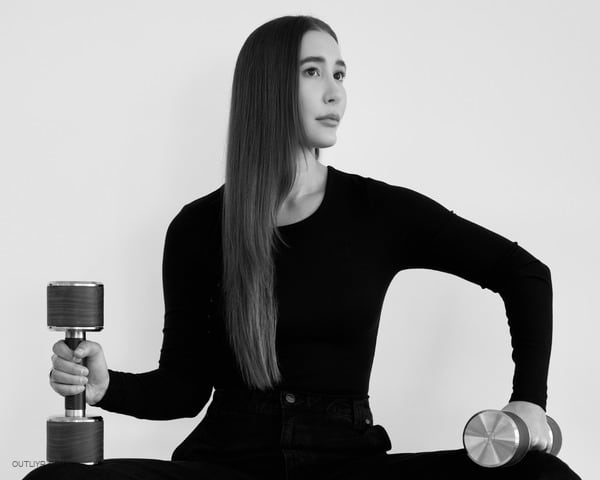
One of the premier biohacking experts specifically for women’s longevity.
Creator and host of the Longevity Optimization Podcast and co-founder of the Health Optimization Fund, Kayla Barnes-Lentz has been named a top longevity leader globally.
From biohacks to general health inspiration, Kayla provides a ton of value paired with a sense of community through her female longevity optimization group.
Give her a follow on her Instagram for daily motivation and insightful lessons to improve your health.
Dr. Suzanne Ferree
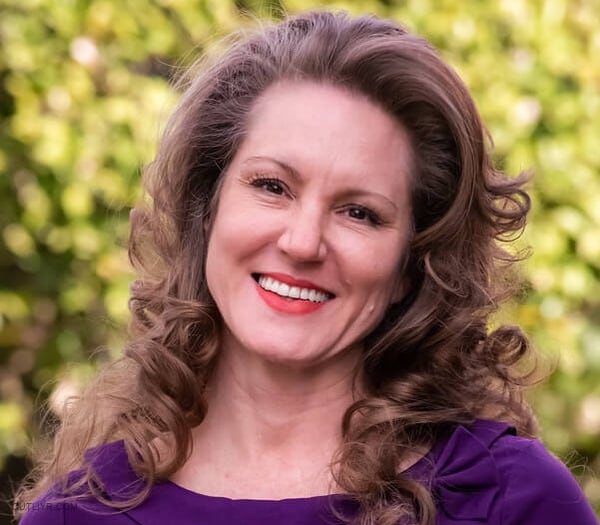
From potent recovery biohacks to peptides and longevity, Dr. Suzanne Ferree is a recognized expert in family medicine and integrative health.
She is particularly known for her work in injury recovery, hormone replacement therapy, longevity medicine, and personalized patient care.
Check out her book Counterclockwise: Using Peptides to Renew, Regenerate, Recover to learn about the intricacies of peptides.
She often speaks at conferences, writes academic papers, and conducts seminars to educate other healthcare professionals.
In fact, she’ll be a presenter for the Neural Therapy Conference.
Dr. Neil Paulvin
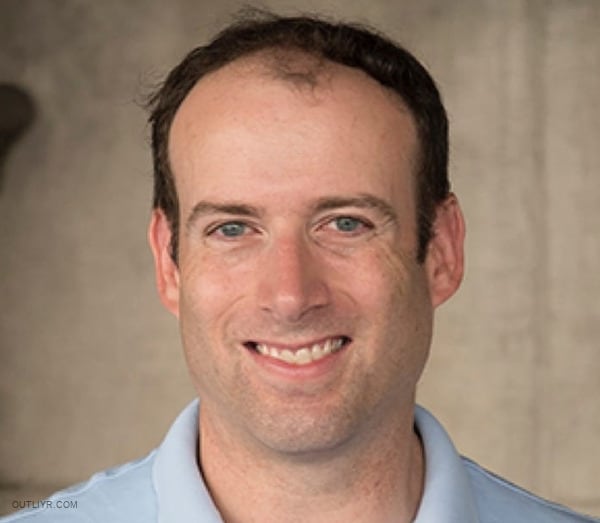
An innovative physician in functional medicine, Dr. Neil Paulvin helps individuals, particularly athletes, entrepreneurs, and executives, move beyond their baseline health.
Dr. Paulvin provides access to the newest diagnostic testing, healing technology, medications, and supplements to optimize your health.
He also produces content on longevity, health optimization, and immunity on his YouTube channel.
For anyone looking for a personalized, 360-degree approach to health, lifestyle & wellness, definitely look into Dr. Paulvin’s work.
Optimize Your Health With Advice Of Professional Biohackers
As the biohacking industry continues to expand, information grows exponentially.
You can browse community forums like Reddit and get both brilliant advice, or horribly dangerous medical recommendations.
Instead, I suggest starting with the wisdom of the experts. Conserve your resources and avoid costly mistakes.
This is only a tiny subset of the top biohacking influencers. Bookmark this page, as I plan to add more responses as I hear back from others.
How do their answers compare to your knowledge?
Let me know in the comments below. If you found this interesting, please send the article to a friend or share it on social media. That’ll let me know to focus more on these kinds of articles.

